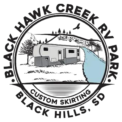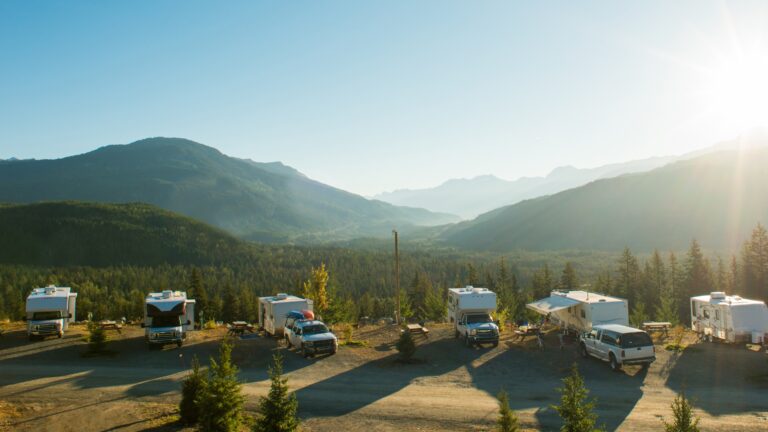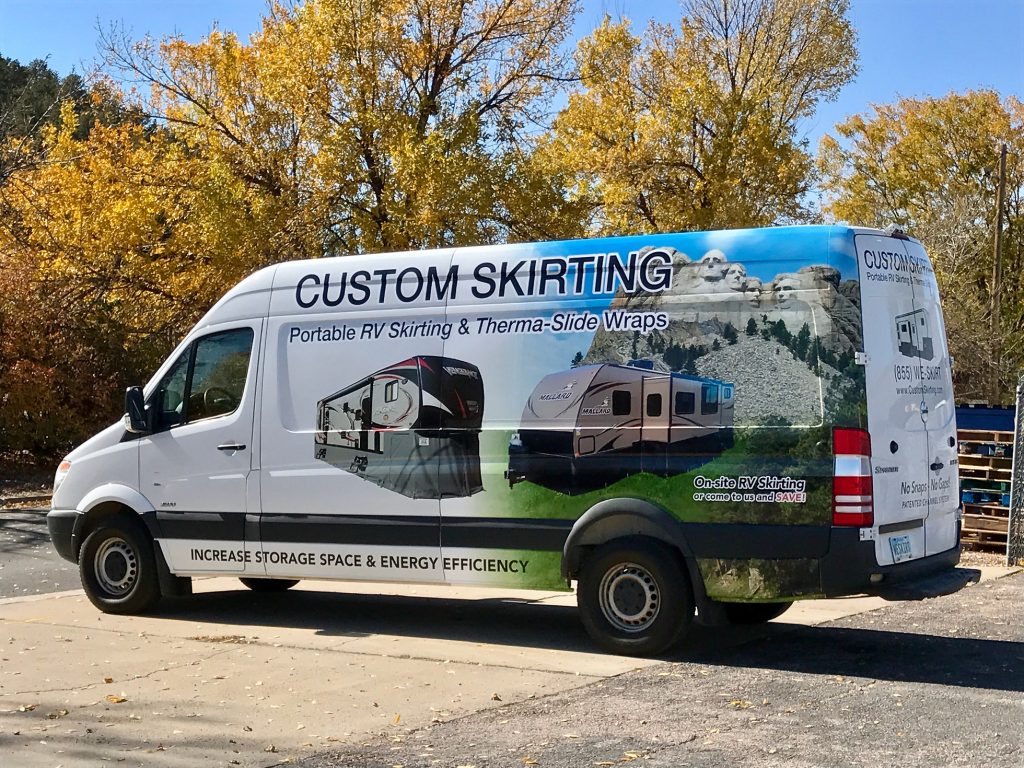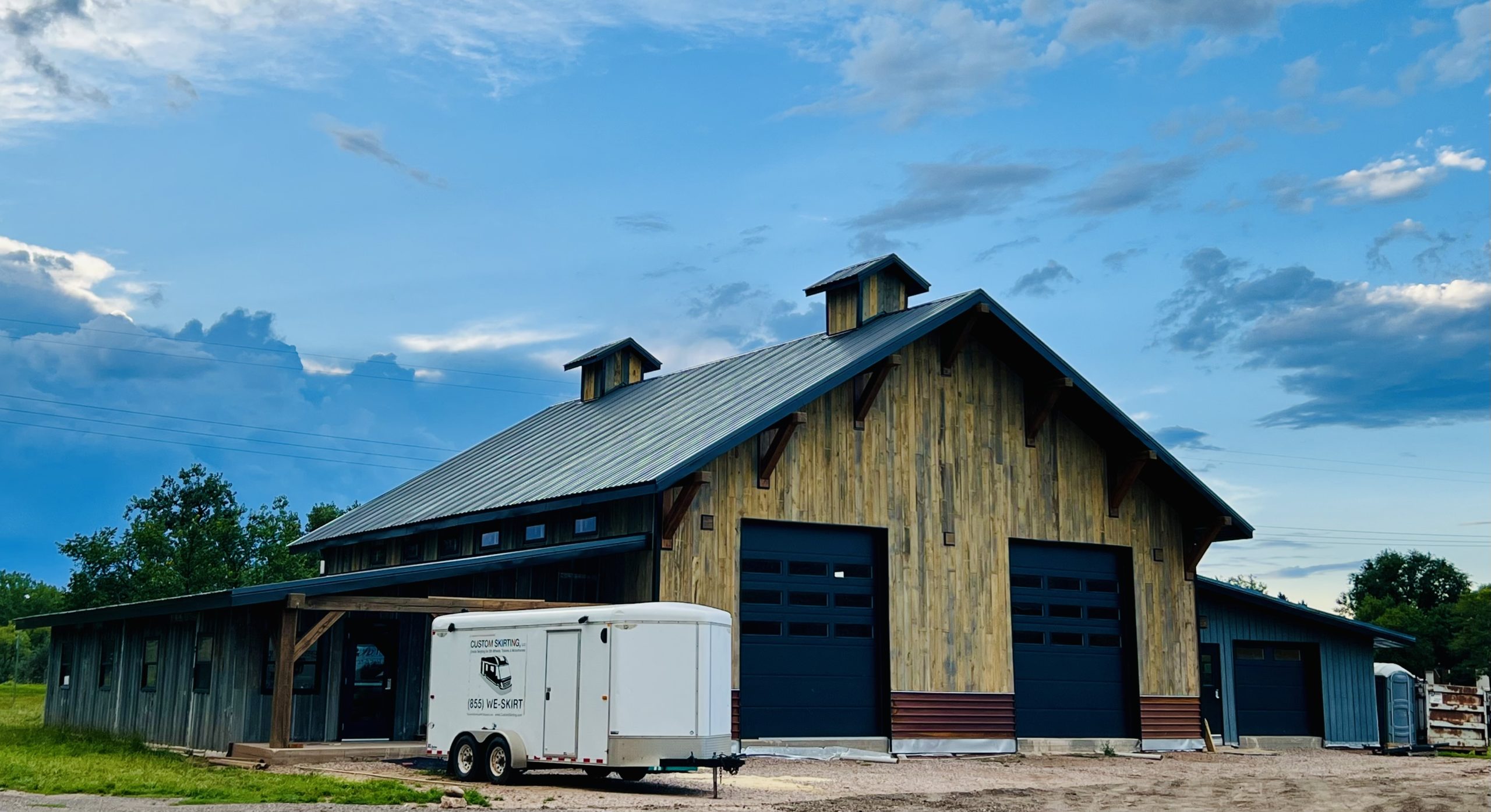Table of contents
- Understanding RV Length Restrictions
- List of RV Length Restrictions per National Park
- What’s The Ideal RV Length for National Parks?
- What Is The Longest RV Allowed in National Parks?
- What Is The Best RV Type for National Parks?
- How to Measure the Length of Your RV?
- Discover a Safe Basecamp for Your National Park Adventure!
Before embarking on a journey to explore the natural wonders of the United States National Parks, it’s crucial to understand the restrictions on RV lengths enforced by these pristine destinations. By familiarizing yourself with the maximum RV length limit for National Parks, you can plan your trip effectively and ensure a seamless experience without encountering any unexpected setbacks.
Understanding RV Length Restrictions
As you prepare to visit a National Park, it’s essential to be aware of the RV length limitations set by these iconic destinations. While National Parks offer unparalleled opportunities for outdoor adventures, they also have specific regulations in place to protect their natural beauty and preserve the visitor experience. By understanding the maximum RV length for National Parks, you can avoid potential challenges and enjoy your journey to the fullest.
List of RV Length Restrictions per National Park
Each National Park across the United States has its own set of rules and regulations regarding RV lengths. Here’s a comprehensive list of RV length limitations per National Park:
National Parks That Allow RV Camping
Acadia National Park (Maine)
- RV Length Limit: 35 feet or less.
- Some campgrounds can accommodate RVs up to 35 feet in length. Reservations are recommended due to limited space.
Arches National Park (Utah)
- RV Length Limit: 40 feet or less.
- Several campgrounds in the park can accommodate RVs up to 40 feet in length. However, availability may vary, especially during peak seasons.
Badlands National Park (South Dakota)
- RV Length Limit: Varies by campground.
- Campgrounds within the park have different length limits for RVs. Some sites can accommodate larger vehicles, but it’s advisable to check specific campground regulations.
Big Bend National Park (Texas):
- RV Length Limit: Varies by campground.
- The park offers RV camping with various length limits across its campgrounds. Be sure to check individual campground restrictions before arrival.
Black Canyon of the Gunnison National Park (Colorado):
- RV Length Limit: Varies by campground.
- RV camping is available in the park, but length limits vary by campground. Reservations are recommended, especially during peak seasons.
Bryce Canyon National Park (Utah)
- RV Length Limit: 40 feet or less.
- Some campgrounds can accommodate RVs up to 40 feet in length. However, availability may be limited, particularly for larger rigs.
Canyonlands National Park (Utah)
- RV Length Limit: Varies by campground.
- RV camping is permitted in designated campgrounds within the park, with varying length limits. It’s advisable to check campground regulations in advance.
Capitol Reef National Park (Utah)
- RV Length Limit: 26 feet or less.
- Campgrounds within the park have length restrictions, with most sites accommodating RVs up to 26 feet in length. Longer vehicles may have limited availability.
Carlsbad Caverns National Park (New Mexico)
- RV Length Limit: Varies by campground.
- RV camping is available in designated campgrounds within the park, with varying length limits. Reservations are recommended, especially during peak seasons.
Congaree National Park (South Carolina)
- RV Length Limit: Varies by campground.
- The park offers RV camping with varying length limits across its campgrounds. Be sure to check individual campground restrictions before arrival.
National Parks That Don’t Allow RV Camping
- American Samoa National Park (American Samoa)
- Channel Islands National Park (California)
- Gates of the Arctic National Park and Preserve (Alaska)
- Glacier Bay National Park and Preserve (Alaska)
- Great Sand Dunes National Park and Preserve (Colorado)
- Hot Springs National Park (Arkansas)
- Indiana Dunes National Park (Indiana)
- Isle Royale National Park (Michigan)
- Katmai National Park and Preserve (Alaska)
- Kenai Fjords National Park (Alaska)
- Kobuk Valley National Park (Alaska)
- Lake Clark National Park and Preserve (Alaska)
- Pinnacles National Park (California)
- Redwood National and State Parks (California)
- Virgin Islands National Park (U.S. Virgin Islands)
- Mount Rushmore (South Dakota)

What’s The Ideal RV Length for National Parks?
If you’re uncertain about the ideal RV length for visiting National Parks, aim for a vehicle between 25 and 30 feet long. This length range ensures that you’ll have access to a wide selection of campsites in most National Parks across the country. While almost 98% of National Park campgrounds can accommodate RVs up to 19 feet long, opting for a slightly larger vehicle expands your options significantly. With an RV length of up to 25 feet, you’ll still have access to over 90% of parks, while the maximum length of 27 feet covers the majority of National Park campgrounds.
What Is The Longest RV Allowed in National Parks?
The longest RV allowed in National Parks typically ranges from 29 to 32 feet in length. While approximately 98% of National Park campgrounds can accommodate RVs up to 19 feet long, the number of available campsites decreases as the length of your RV exceeds 25 feet. About 80% of National Parks will permit RVs between 29 and 32 feet long, providing fewer options for longer vehicles. However, with proper planning and research, you can still find suitable campsites to accommodate larger RVs in many National Parks.
What Is The Best RV Type for National Parks?
When choosing an RV type for exploring National Parks, consider factors such as size, maneuverability, and amenities. Smaller RVs, such as camper vans or Class B motorhomes, are ideal for navigating narrow roads and fitting into tight campsites often found in National Parks. Additionally, towable RVs like travel trailers and pop-up campers offer versatility and convenience, allowing you to detach your vehicle and explore the park with ease. Ultimately, the best RV for National Parks depends on your individual preferences and camping style.

How to Measure the Length of Your RV?
Measuring the length of your RV is a straightforward process that ensures you know the exact dimensions before embarking on your National Park adventure. Follow these simple steps to measure your RV accurately:
- Park your RV on a flat, level surface.
- Use a tape measure to determine the overall length from the front bumper to the rear end, including any protrusions or attachments.
- Measure the width of your RV from the widest point, typically the exterior mirrors.
- Record the measurements to reference when checking campground restrictions and planning your trip.
Discover a Safe Basecamp for Your National Park Adventure!
Ready to explore the wonders of America’s National Parks? Make Black Hawk Creek RV Park & Cabins your home base for your next outdoor adventure. Located just 2 miles from the interstate and a short drive from Rapid City, South Dakota, our year-round RV park offers spacious sites and cozy cabins to accommodate travelers of all kinds. With easy access to iconic attractions like Mount Rushmore, Badlands National Park, and Devils Tower, you’ll be perfectly positioned to experience the beauty of the region. Book your stay today and embark on a journey of exploration and discovery at Black Hawk Creek RV Park & Cabins!






